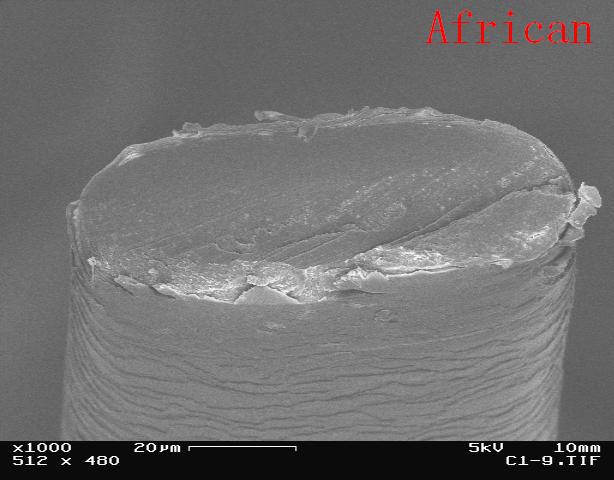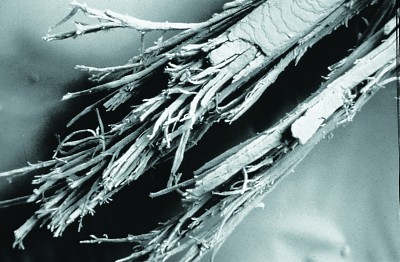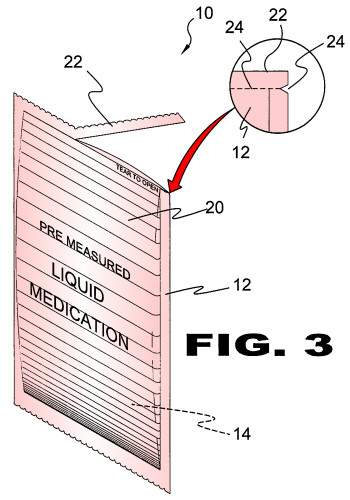You are using an out of date browser. It may not display this or other websites correctly.
You should upgrade or use an alternative browser.
You should upgrade or use an alternative browser.
Trim those straggly ends fine stranded ladies...
- Thread starter kizzylonghair
- Start date
tHENATuRALhAiRpRoJEcT
Well-Known Member
First we have to understand that the idea behind pruning is the removal of the weaker/dying branches of a plant so that you allow the nourishment from the roots to be concentrated on the rest of the plant and not wasted on the weak areas and therefore allow the plant to grow stronger. When you cut of the weak branch, a scar/callus forms in the spot you cut it. No oxygen or moisture is absorbed at that spot, but rather you just remove the section that was robbing the rest of the plant of food so that there's more now for the rest of the plant. Every once in a while, there'll be a stubborn stem that will try to grow back but you would just cut it off again.
The article seems to misunderstand the idea behind pruning since it assumes that when you cut the weak part of the plant "you're helping it take in oxygen and water from the atmosphere." During the day, plants take in carbon dioxide from the air through their leaves which then give off oxygen which they get from the soil through their roots; and at night the leaves take in oxygen from the air and give off carbon dioxide. The roots are also how they get their water along with the nutrients from the soil that they need for growth. Since oxygen and water absorption happens at the roots, there's no "oxygenation" happening at the point where one prunes a plant and no moisture being taken in there either.
And even if that had been the case, which it isn't, as Chaosbutterfly said, hair is dead. Hair cells are dead by the time they show up above the scalp. They lose their connection to blood supply and oxygen even before they reach the surface of the scalp as they multiply at the root and are pushed further away then keratinized to form the pole we call hair. So no oxygen is being absorbed by the hair at all above your scalp anymore than it is being absorbed by a doornail. Nor is it traveling up the strand from the root to the strand the way it does in plants so that you can consider trimming to be like pruning.
As far as moisture is concerned, the ends of the hair are not the only way water can enter a hair strand. Hair has cuticles that open and close along the length of the strands. When open, cuticles allow the hair to absorb water, products, etc, but not just at the tips but along the entire length of the hair. Unlike oxygen, water absorption has nothing to do with being alive. A sponge absorbs water till it can't absorb anymore, and so does dead hair. Since moisture absorption can happen along the length of the hair, the ends don't really affect the rest of the hair's water absorption. So saying that trimming allows the hair to absorb moisture doesn't really hold any water. (Pun intended) It is true split ends do not hold much of anything because they are frayed and incomplete so there's no point in holding onto them. But ends in general, even newly trimmed, are open and so are vulnerable to moisture loss hence the reason for sealing with heavy products and protective styling. It is because of this vulnerability of the open ends of strands that splits happen in the first place: the open end loses moisture and the dryness leads to cracking then to complete splitting and breakage.
One might say, well then what's the point of trimming if you're just creating a new fresh open end for moisture loss? One answer is: the end you create when you trim with sharp scissors is less open than the end created by a split which thus reduces moisture loss.
For a visual, when we cut hair with sharp scissors, we get a blunt clean cut like this:

If cuticles are closed, then that end is the only open window through which that strand that can lose moisture.
On the other hand, when a hair splits, the sides open up too, so you have the end as well as the sides releasing moisture to the airleading to more moisture loss and hence breakage from more of the strand just turning into dry straw:

...leading to the thin ends that one sees if one goes too long w/o trimming.
Another reason to trim is you take away the weakness created by the tear of a split so that you make it harder for damage to occur and therefore preserve/retain your hair better. To understand this logic, think of bags of snacks or meds. If there's a tear notch (shown as #24 below), it is so much easier to rip the bag open.

But if none exists or if you tear the bag clumsily and lose the notch before you have opened the bag, then you have to use more force or even scissors to finish the task because the bag is tougher to open without the "tear". Likewise, hair becomes stronger and tougher to break if it doesn't have the "tear notch" known as a split end.
well dauuuuuuuuuuum AND BRAVO

bebezazueta
Well-Known Member
Hello y'all!
I don't have fine strands. They are actually very coarse however, I still need to dust monthly. When I don't, my coarse strands "appears fine" on the ends which is how it splits. But dusting eliminated that & my strands are now uniform from root to tip.
I'm putting it out there for coarse hair ladies thinking they are exempt from frequent dusting/trims.
Thanks for all the info ladies. Just confirming what I experienced.
I don't have fine strands. They are actually very coarse however, I still need to dust monthly. When I don't, my coarse strands "appears fine" on the ends which is how it splits. But dusting eliminated that & my strands are now uniform from root to tip.
I'm putting it out there for coarse hair ladies thinking they are exempt from frequent dusting/trims.
Thanks for all the info ladies. Just confirming what I experienced.
kizzylonghair
Well-Known Member
Bumping.
I have just done a much needed trim - about half an inch all over.
This is a must for fine strands.
How much better does your hair feel
 It's a must, I am going to trim mine tomorrow
It's a must, I am going to trim mine tomorrowkizzylonghair
Well-Known Member
Hello y'all!
I don't have fine strands. They are actually very coarse however, I still need to dust monthly. When I don't, my coarse strands "appears fine" on the ends which is how it splits. But dusting eliminated that & my strands are now uniform from root to tip.
I'm putting it out there for coarse hair ladies thinking they are exempt from frequent dusting/trims.
Thanks for all the info ladies. Just confirming what I experienced.
Good points I think everyone can benefit from a little maintenance dustings

How much better does your hair feelIt's a must, I am going to trim mine tomorrow
kizzylonghair It feels great. Trimming is such an important step in haircare but it's easy to forget to do it.
tolly
Well-Known Member
joining the trimmer team. I have only trimmed twice in 18months since my BC. My first trim was 6 months ago [last one was two weeks ago], and I noticed increased hair retention, however I changed so many things at that time so I can't attribute the growth [retaining length] to trimming. I didn't even think the trim was a factor until now. I intend to take off less than .25inches monthly and see what happens. I'll see if it makes a difference. I'll probably increase the intervals to 2months after a while
Similar threads
- Replies
- 8
- Views
- 2K
- Replies
- 55
- Views
- 10K
- Replies
- 27
- Views
- 5K
- Replies
- 33
- Views
- 4K

 fellow fine stranded ladies
fellow fine stranded ladies